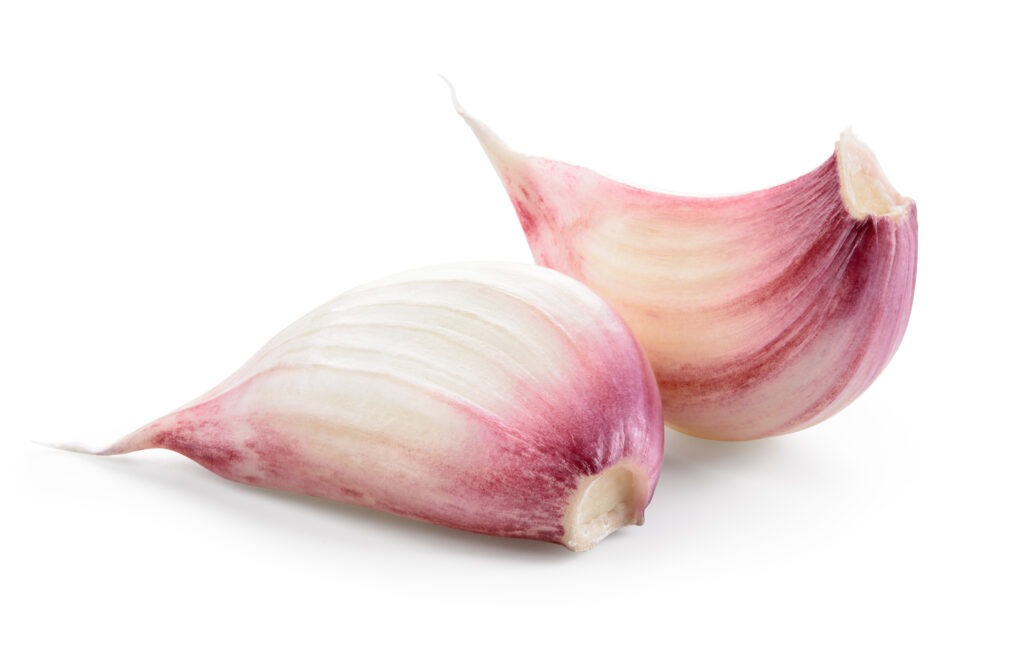Can’t tolerate garlic?

If garlic, onions, eggs, or broccoli make you feel off, and you’ve been exposed to mold, I’m here to explain why this happens and how to fix it. Hey, I’m Dr. Jill Crista, author of Break the Mold, and I have got a spoiler alert: it’s likely a yeast overgrowth issue tied to a mycotoxin called Gliotoxin. Ready to conquer mold and take back your health? Let’s dive in!
Why Mold and Sulfur Intolerance Point to Yeast
If you’re mold-sick and can’t handle sulfur-rich foods, that usually means you have a fungal burden. Here’s the deal:
- Sulfur Foods: Garlic, onions, broccoli, eggs, and other sulfur-containing foods are great for detox—unless you have a yeast issue.
- Yeast Overgrowth: Mold exposure often triggers overgrowth of yeasts like Candida, which thrive in moldy environments.
- Symptom Trigger: Eating sulfur foods can worsen symptoms if yeast is present, making you feel bloated, foggy, or worse.
Want to learn more about yeast and mold? Grab my Gliotoxin Fact Sheet.
The Gliotoxin Connection
Fungal overgrowth produces a mycotoxin called Gliotoxin, and it’s a troublemaker. Sulfur can allow certain fungi to produce Gliotoxin and help the fungus be more virulent. Here’s why this matters:
- Gliotoxin’s Role: This mycotoxin opens the doorway to fungal infection, helping yeast and mold colonize your body.
- Sulfur’s Effect: Sulfur fuels Gliotoxin production, making fungi more aggressive, which is why sulfur foods can make you feel worse.
- Symptoms: Gliotoxin-driven yeast overgrowth can cause brain fog, fatigue, gut issues, and more, especially post-mold exposure.
Dive deeper into Gliotoxin with my Gliotoxin Fact Sheet.
Why Avoiding Sulfur Forever Isn’t the Answer
It’s tempting to ditch sulfur foods when they make you feel bad, and that can make a difference initially. But avoiding sulfur forever isn’t the answer. Here’s why you need sulfur:
- Detox Power: Sulfur is critical for detoxification, helping flush toxins, including mycotoxins, from your body.
- Body Balance: It regulates water in cells and supports overall health—it helps to move toxins “up and out.”
- Avoidance Risks: Skipping sulfur foods can worsen toxin buildup, stalling your recovery.
Instead of avoiding sulfur, focus on clearing the fungus. Learn how with my Gliotoxin Fact Sheet.
How to Tackle Yeast and Reclaim Sulfur Benefits
The real solution is to get rid of the yeast and the mold that’s trying to invade your body. Here’s how to do it:
- Address Yeast Overgrowth: Work with a mold-literate doctor to target Candida or other yeasts with antifungals and diet changes.
- Temporary Sulfur Pause: Briefly reduce sulfur foods to ease symptoms while treating yeast, but don’t avoid them long-term.
- Support Detox: Use binders like Gentle Bind to clear mycotoxins, including Gliotoxin.
- Boost Sulfur Later: Once yeast is under control, reintroduce sulfur foods to supercharge detox.
- Learn More: Get my Gliotoxin Fact Sheet and check out the mold recovery tips.
- Avoid Mold Exposure: Steer clear of damp spaces to reduce yeast triggers.
You’re Ready to Conquer Mold!
If garlic or sulfur foods are tough to tolerate, yeast overgrowth and Gliotoxin could be the culprits, especially after mold exposure. Don’t avoid sulfur forever—clear the fungus with help from my Gliotoxin Fact Sheet and safe binders like Gentle Bind from my store. You’re ready to break the mold and take back your health, friend! Save this guide and share it with someone fighting mold or yeast issues.
Join my newsletter for more mold recovery tips.
Disclaimer This content is health information and not intended as personal medical advice. Viewing will not establish a doctor-patient relationship. It is not intended to diagnose, treat, cure, or prevent any disease or medical condition. The information discussed is not intended to replace the advice of your healthcare provider. Reliance on information provided by Dr. Jill Crista, employees, or others appearing at the invitation of Dr. Crista is solely at your own risk.
